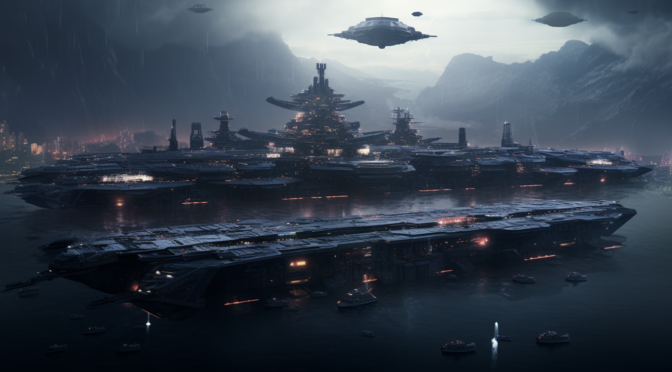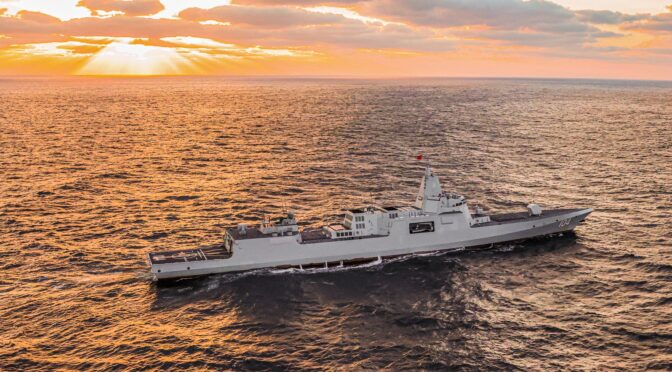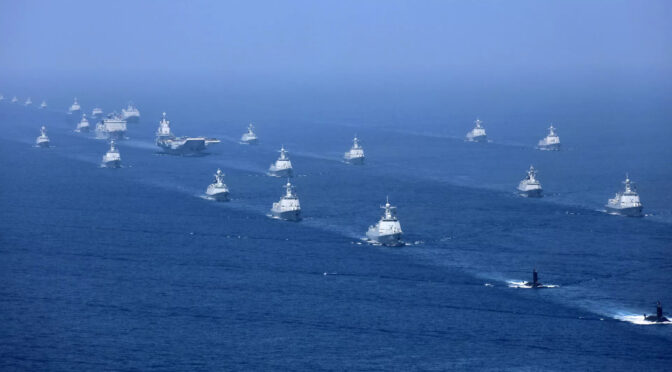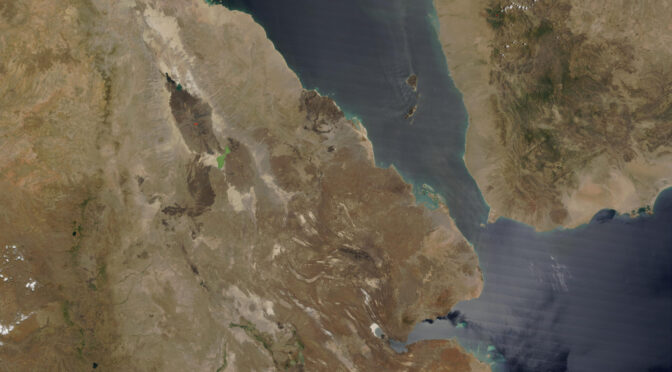Articles Due: October 21, 2024
Topic Week Dates: November 11-15, 2024
Article Length: 1,500-3,000 Words
Submit to: [email protected]
By Dmitry Filipoff
PRC President Xi Jinping has instructed the People’s Liberation Army to be able to invade Taiwan by 2027. While this capability benchmark does not necessarily indicate a predetermined policy of invasion, it has served as a driving force behind the PLA’s rapid modernization. The 2027 date has also fueled intense speculation in the U.S. that war with China may only be a few years away.
But has this date crystallized the focus of the U.S. military as much as it has for the PLA? If senior leaders are genuinely concerned that war could be soon at hand, is the U.S. military truly acting like it, in terms of its operations, readiness, and sense of urgency?
Authors are invited to submit analysis and recommendations on what the U.S. military and its allies can do in the near term to enhance readiness for war with China by 2027. How can the sense of urgency be more clearly communicated, and how can that urgency be more effectively translated into concrete changes to warfighting readiness? How can leaders across all levels take a hard look at their responsibilities and adapt for potentially looming war?
It is unclear to what extent the critical tension between near-term readiness and long-term modernization can be resolved within this short timespan. As the U.S. military struggled to break away from decades of short-term habits and thinking focused on low-end operations, China diligently maintained its focus on expansive modernization for the high-end fight. China has effectively stolen a march on the U.S. when it comes to military modernization, and has now achieved a level of capability that may leave the U.S. military believing it has little choice but to stay the course on near-term thinking. As the 2027 date looms, this disparity in generational strategic focus may come to a head, with potentially serious consequences for the rules-based order.
Send all submissions to [email protected].
Dmitry Filipoff is CIMSEC’s Director of Online Content. Contact him at [email protected].
Featured Image: PLA Navy Type-055 guided-missile destroyer Wuxi steams during a maritime training exercise. (eng.chinamil.com.cn/Photo by Wang Zezhou)




